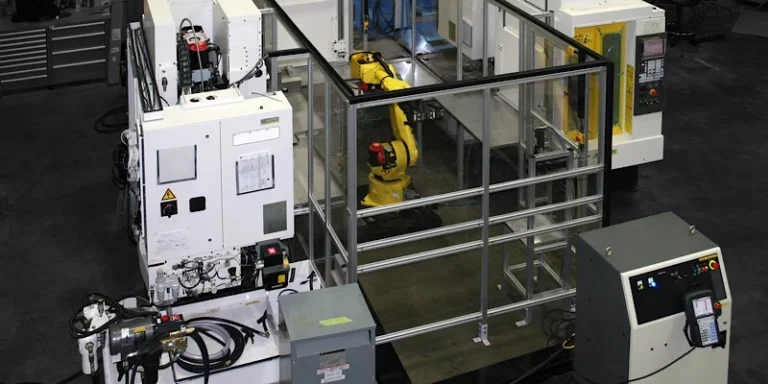There are many reasons for the deformation of aluminum parts during CNC processing, which can be attributed to factors such as materials, part shapes, and production conditions. The primary causes of deformation include internal stress within the blank, cutting force, cutting heat, and clamping force. CNC processing of aluminum has a significant impact on the final parts, especially when dealing with custom aluminum parts. Therefore, careful attention must be paid to the main processes involved.
Process Measures To Reduce Processing Deformation
1. Reducing Internal Stress of the Blank
The natural stress within the blank can be partially alleviated through natural or artificial aging and vibration treatment. Pre-processing is also an effective method. For blanks with large dimensions and significant excess material, substantial deformation can occur after processing. By removing the excess material in advance and reducing the remaining amount for each part, the deformation in subsequent processes can be minimized. Additionally, pre-processing and allowing the blank to rest for a certain period can help release some of the internal stress.
2. Improving Cutting Ability of the Tool
The material and geometric parameters of the tool significantly influence the cutting force and cutting heat. Choosing the correct tool is essential for reducing part deformation.
2.1 Reasonable Selection of Tool Geometry Parameters
Rake Angle: The rake angle should be appropriately selected while maintaining the strength of the cutting edge. A properly chosen rake angle allows for a sharp cutting edge, reduces cutting deformation, and ensures smooth chip removal, thereby lowering cutting force and temperature. Negative rake cutters should never be used.
Relief Angle: The size of the relief angle directly affects flank wear and the quality of the machined surface. Cutting thickness is a critical factor in selecting the relief angle. During roughing, due to the high feed rate, heavy cutting load, and significant heat generation, a smaller relief angle is recommended for better heat dissipation. Conversely, during finishing, a larger relief angle is preferred to ensure a sharp edge, reduce friction between the flank and the machined surface, and minimize elastic deformation.
Helix Angle: To achieve smooth milling and reduce milling force, the helix angle should be as large as possible.
Lead Angle: Reducing the lead angle appropriately can improve heat dissipation and lower the average temperature in the processing area.
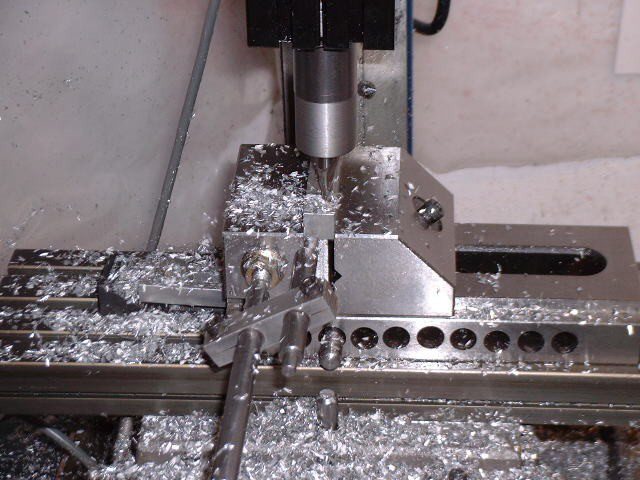
2.2 Tool Structure Improvement
- Reduce the Number of Milling Cutter Teeth and Increase Chip Space: Due to the high plasticity of aluminum, there is significant cutting deformation during processing, necessitating a large chip space. Therefore, the bottom radius of the chip groove should be large, and the milling cutter should have fewer teeth.
- Use Finely Ground Teeth: The roughness value of the cutting edge of the cutter should be less than Ra = 0.4 µm. Before using a new cutter, gently grind the front and back of the teeth with a fine stone to eliminate burrs and any slight zigzags remaining from sharpening. This practice reduces cutting heat and minimizes cutting deformation.
- Strictly Control Tool Wear Standards: As the tool wears, the surface roughness of the workpiece increases, cutting temperature rises, and workpiece deformation intensifies. Therefore, in addition to selecting high-abrasion-resistant tool materials, the tool wear standard should be kept within 0.2 mm to prevent the formation of a built-up edge. During cutting, the temperature of the workpiece should not exceed 100°C to avoid deformation.
2.3 Workpiece clamping method Improvement
For thin-walled aluminum workpieces with poor rigidity, the following clamping methods can be employed to minimize distortion:
- Thin-Walled Bushing Parts:
- When using a three-jaw self-centering chuck or a collet chuck to clamp from the radial direction, the workpiece tends to deform once loosened after machining. Instead, utilize a method that involves pressing the axial end face, which has better rigidity.
- To position the inner hole of the part, fabricate a threaded mandrel and insert it into the inner hole. Then, press a cover plate against the end surface and secure it with a nut. This technique prevents clamping deformation when machining the outer circle, thereby achieving satisfactory machining accuracy.
- Thin-Walled and Thin-Plate Workpieces:
- It is advisable to use vacuum suction cups to achieve a uniform distribution of clamping force. Subsequently, process the workpiece with minimal cutting. This approach effectively prevents deformation.
- Packing Method:
- To enhance the process rigidity of thin-walled workpieces, the internal space of the workpiece can be filled with a medium to reduce deformation during clamping and cutting.
- For instance, a urea melt containing 3% to 6% potassium nitrate can be poured into the workpiece. After machining, immerse the workpiece in water or alcohol to dissolve and remove the filler.
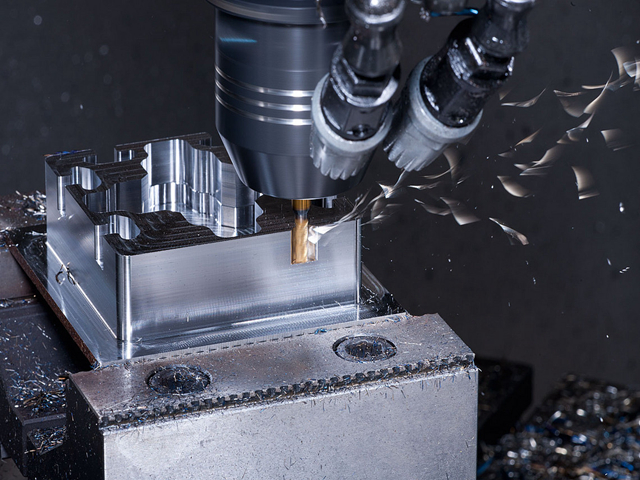
2.4 Reasonable arrangement of procedures
During high-speed cutting, due to large machining allowances and intermittent cutting, the milling process often produces vibrations that affect machining accuracy and surface roughness. Therefore, the numerical control high-speed machining process can be generally divided into roughing- semi-finishing – clearing-finishing – finishing. For parts with high precision requirements, it is sometimes necessary to perform secondary semi-finishing before all finishing.
After roughing, the parts can be naturally cooled, eliminating internal stresses caused by roughing and reducing distortion. The margin-left after roughing should be greater than the amount of deformation, typically 1 to 2 mm. When finishing, the finished surface of the part should maintain a uniform machining allowance, generally 0.2~0.5mm, so that the tool is in a stable state during the machining process, which can greatly reduce the cutting deformation and obtain good surface processing quality and product accuracy.
Reducing Processing Skills Of Processing Deformation
Parts of the aluminum material are deformed during processing. In addition to the above reasons, the operation method is also very important in actual operation.
- For parts with large machining allowance, in order to make them have better heat dissipation conditions during processing, avoid heat concentration, and symmetrical processing should be used during processing. If a piece of 90mm thick material needs to be machined to 60mm, if the other side is milled, the other side will be milled, and the flatness will be 5mm once. If it is processed by repeated infeed, each side will be processed twice. The final size guarantees a flatness of 0.3mm.
- If there are multiple cavities on the plate parts, it is not advisable to use a cavity and a cavity ordering method during processing, which is easy to cause deformation of the parts due to uneven force. Multi-layer processing is used, each layer is processed into all the cavities at the same time, and then the next layer is processed to make the parts evenly stressed, and then reduce deformation.
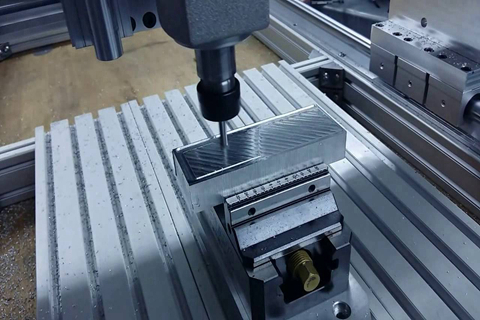
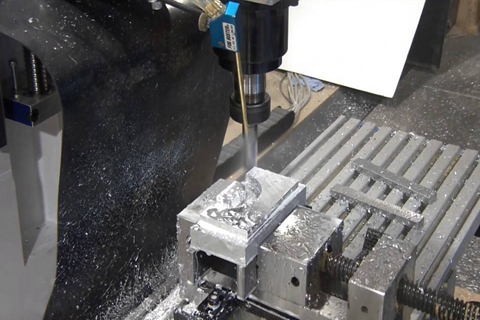
- Reduce the cutting force and cutting heat by changing the amount of cutting. Among the three factors of cutting amount, the amount of backing knife has a great influence on the cutting force. If the machining allowance is too large, the cutting force of one pass will be too large, which will not only deform the parts, but also affect the rigidity of the machine spindle and reduce the durability of the tool. If you reduce the number of back-to-back knives, it will greatly reduce production efficiency. However, high-speed milling in CNC machining can overcome this problem. While reducing the amount of back-feeding, as long as the feed is increased accordingly and the speed of the machine tool is increased, the cutting force can be reduced and the machining efficiency can be ensured.
- The order of the knife also should be paid attention to. Roughing emphasizes the improvement of processing efficiency and the pursuit of resection rate per unit time. Generally, up-cut milling can be used. That is to remove the excess material on the surface of the blank at the fastest speed and the shortest time, basically forming the geometric contour required for finishing. The finishing work emphasizes high precision and high quality, and it is recommended to use down milling. Because the cutting thickness of the cutters gradually decreases from the maximum to zero during the milling, the degree of work hardening is greatly reduced, and the degree of deformation of the parts is alleviated.
- Thin-walled workpieces are deformed due to clamping during processing, even if finishing is difficult to avoid. In order to minimize the deformation of the workpiece, the pressing piece can be loosened before the finishing is reached to the final size, so that the workpiece can be freely restored to its original shape, and then slightly pressed, just to clamp the workpiece.
According to the feel, this can achieve the desired processing results. In short, the point of application of the clamping force is preferably on the bearing surface, and the clamping force should be applied to the direction of the rigidity of the workpiece. Under the premise of ensuring that the workpiece is not loose, the clamping force is as small as possible.
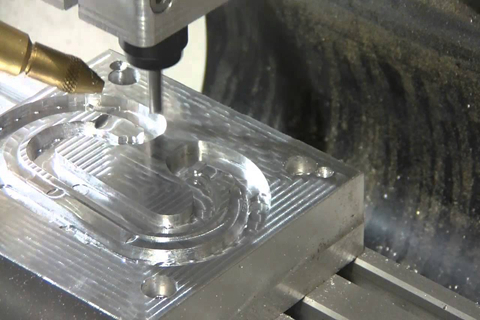
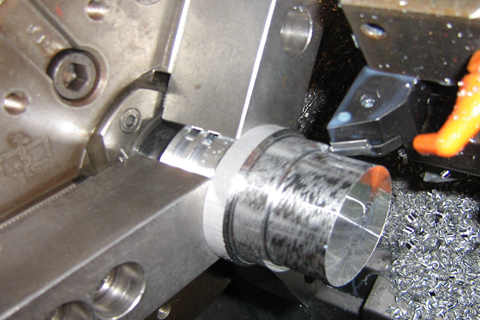
- When processing the cavity parts, try not to let the milling cutter directly into the parts like a drill bit when machining the cavity, which results in insufficient space for the milling cutter and the chip removal is not smooth, resulting in overheating, expansion and collapse of the parts, unfavorable phenomena, such as knives and broken knives. First, drill the hole with a drill of the same size or larger size as the milling cutter, and then mill with a milling cutter. Alternatively, the CAM software can be used to produce a spiral undercut program.
The main factor affecting the machining accuracy and surface quality of aluminum parts is that they are prone to deformation during the processing of such parts, which requires the operator to have certain operational experience and skills.


